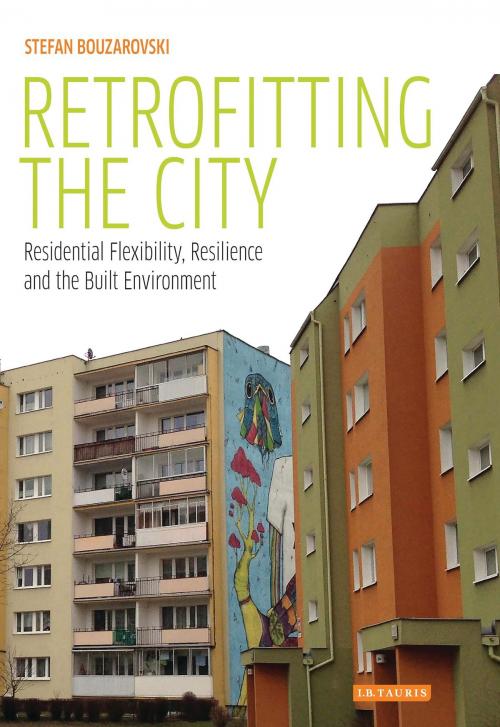Retrofitting the City
Residential Flexibility, Resilience and the Built Environment
Nonfiction, Science & Nature, Technology, Environmental, Nature, Science| Author: | Stefan Bouzarovski | ISBN: | 9780857736901 |
| Publisher: | Bloomsbury Publishing | Publication: | November 25, 2015 |
| Imprint: | I.B. Tauris | Language: | English |
| Author: | Stefan Bouzarovski |
| ISBN: | 9780857736901 |
| Publisher: | Bloomsbury Publishing |
| Publication: | November 25, 2015 |
| Imprint: | I.B. Tauris |
| Language: | English |
Cities are responsible for three-quarters of the world's energy consumption and 70 per cent of global carbon emissions. If we are to reduce our demands on the planet's energy resources and meet the challenge of climate change how can we make our urban areas more energy efficient? One answer is to refit existing buildings with more thermally efficient building materials. But such retrofitting is a more complex process than might be imagined; requiring complex changes to the nature and practice of local governance. Retrofitting the City provides an important corrective to many of the assumptions that have been made concerning these issues and of the ability of people and places to cope with such residential transformation. Drawing upon case studies from a number of European cities that have undergone far-reaching change in their organization and built environments the author shows that supposedly unadaptable people and places show a strong, if often hidden, degree of flexibility and social resilience in responding to economic change and building transformation. The result is a work that offers both a far richer articulation of the key concepts of social resilience and flexibility than has hitherto been available and makes a key contribution to ensuring greater success in our attempts to attain a low carbon sustainable future.
Cities are responsible for three-quarters of the world's energy consumption and 70 per cent of global carbon emissions. If we are to reduce our demands on the planet's energy resources and meet the challenge of climate change how can we make our urban areas more energy efficient? One answer is to refit existing buildings with more thermally efficient building materials. But such retrofitting is a more complex process than might be imagined; requiring complex changes to the nature and practice of local governance. Retrofitting the City provides an important corrective to many of the assumptions that have been made concerning these issues and of the ability of people and places to cope with such residential transformation. Drawing upon case studies from a number of European cities that have undergone far-reaching change in their organization and built environments the author shows that supposedly unadaptable people and places show a strong, if often hidden, degree of flexibility and social resilience in responding to economic change and building transformation. The result is a work that offers both a far richer articulation of the key concepts of social resilience and flexibility than has hitherto been available and makes a key contribution to ensuring greater success in our attempts to attain a low carbon sustainable future.















